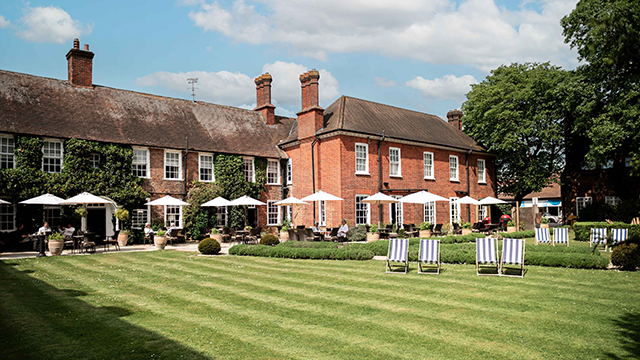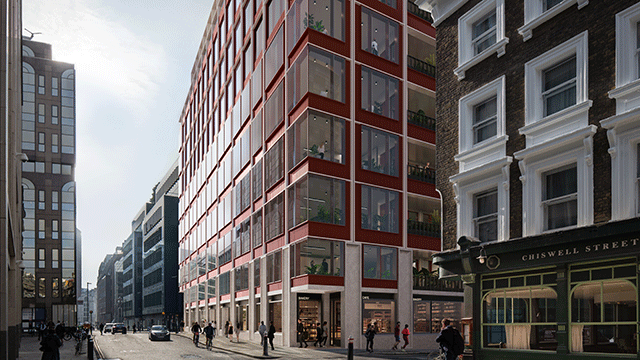In reducing its sprawling estate, getting better value from the space it retains and spreading the fruits of a recovering economy, the government appears to be joining up its thinking. About time too.
That may be a little harsh. In four years the Government Property Unit has already reduced the size of the public sector estate by 15%. It has generated almost £2bn in capital receipts from sales of property and saved £600m in running costs.
But despite these considerable achievements the perception has always lingered that much more could be done to eke better value out of an overall portfolio worth £370bn.
Perhaps it was waiting for the recovery to gather pace and values to recover but, whatever the reason, the GPU now seems poised to accelerate its work. It is looking to create a select group of civil service hubs moving departments away from Whitehall. There have already been successful pilots in Bristol and beyond, while Transport for London and the Financial Conduct Authority are moving to The International Quarter in Stratford, E20.
Moving jobs out of the capital where appropriate makes even more sense today than it did when the last government proposed a Whitehall of the North. A network of hubs perhaps provides better balance. And an intent to retain a share of the upside makes sense from a public finance perspective. Now, if sites could be released with accelerated consent for housing in appropriate locations, something of a holy grail could perhaps be reached.
Invesco is moving into the private rented sector with a £33m investment at the Old Vinyl Factory regeneration scheme in west London. The asset manager is the latest to join a still-short queue of investors making PRS plays. Another investor trying to find a way in is AXA Real Estate. Head of asset management Anne Kavanagh reaffirms her commitment to the sector in an interview with EG this week. But she articulates the challenges too: “For PRS really to work you’ve got to control the maintenance costs, and that means we see that you really need to develop, because you need to control the specification that you come on in on. It means that you need to be building, and have a vision that you are building for a 30-year period. I think the whole structure, and the way that the house building market is set up in the UK, is not for rental. It’s set up to sell.” Those comments – and others like them – are pointing to a build-to-rent formula for PRS success. And one perhaps supported by greater government incentivisation too.
We are launching the 2014 Estates Gazette Awards next week. Familiar categories will return, along with a smattering of new ones. We have two new specialist categories for smaller, focused advisers and property companies and also a Global Property Brand award, open to all with an international footprint. If you can’t wait, e-mail angela.jones@rbi.co.uk to hear all about this year’s awards.
For the dispassionate, politics has certainly got interesting. Eighteen councils changed hands last week, the least expected perhaps being Labour’s snatching of the Tory-controlled borough of Hammersmith & Fulham. No doubt Capco will have a team of political consultants working up scenarios around how its £8bn Earl’s Court regeneration scheme may or may not be affected. This, and the depressing rise of UKIP (it’s hard to imagine that the strong nationalistic streak in evidence in polls here and across Europe will play well with global investors), only serves to remind how important politics will be in the months ahead. Might psephology be the new yield analysis?
There’s a World Cup around the corner. All eyes – well, most – will turn to Brazil from 12 June for a month-long festival/debacle depending on your point of view. EG is kicking off a World Cup Fantasy Football in association with Malcolm Hollis. To sign up, go to www.fantasyfootball-estatesgazette.com. Good luck.











